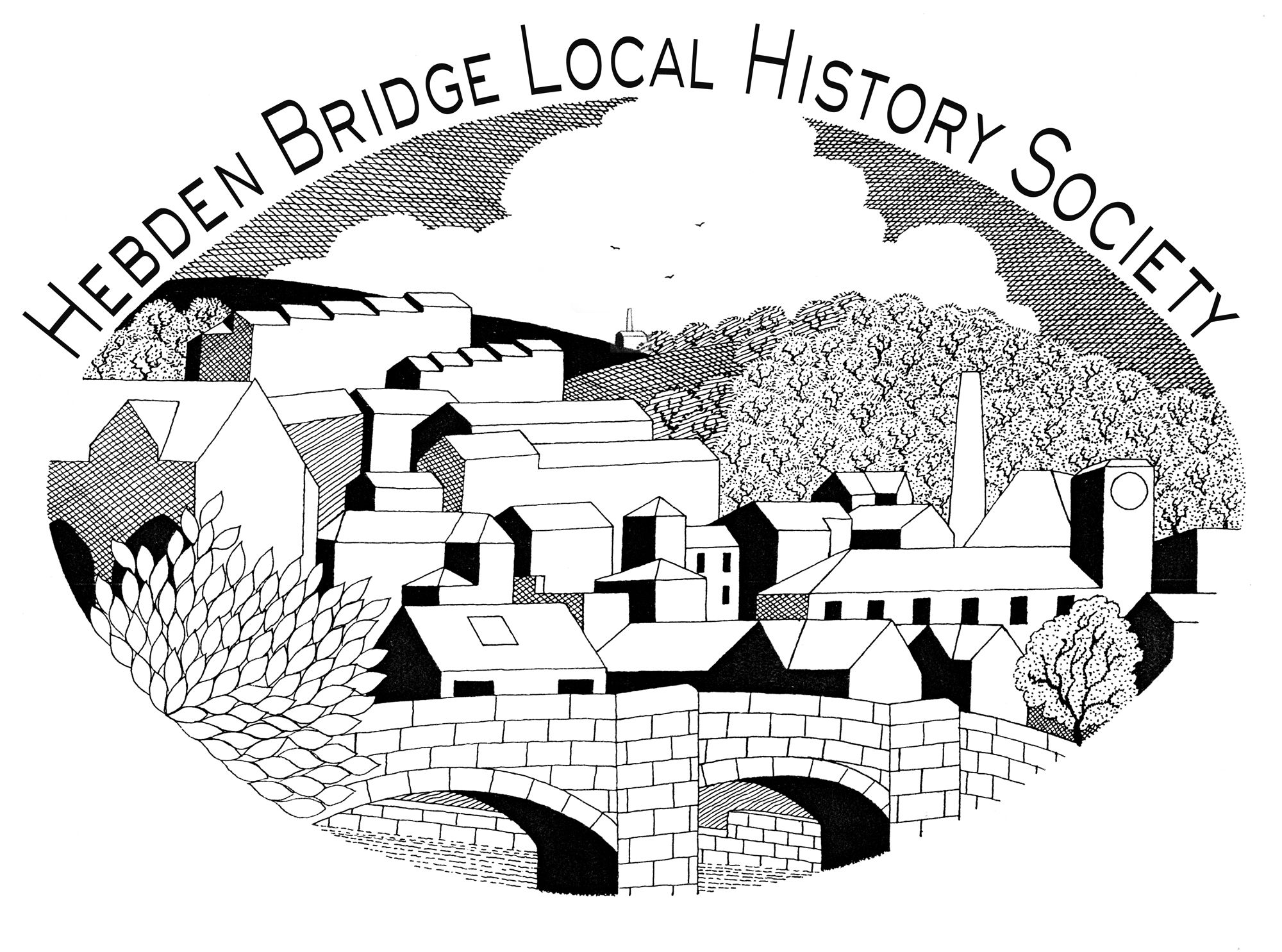In looking at the traditional woollen cloth production of our part of Yorkshire, the role of tentering – drying and stretching the cloth on a frame – is often seen as a straightforward step in the process. But as Dr Graham Cooper explained nothing could be further from the truth. He has spent many years looking into the history of tenters, discovering a world of challenges, cheating and regulation. 19th century maps show the prevalence of tenter fields in the landscape of the West Riding and East Lancashire. However, unlike other equipment used for cloth production, very little evidence of tenters has been found, probably because they were mainly made of wood.
Tentering was an essential part of the finishing process, stretching the woven cloth, shrunk and wet from the fulling mills, to a standard width laid down by statute. The cloth was hung on the hooks in the top bar and bottom bars of the tenter frame, and the bottom bar was gradually lowered to stretch the cloth. It was important to avoid overstretching, which made it likely that holes would appear in the thin fabric, and it would also be liable to shrink again.
Throughout the centuries authorities were seeking out potential cheating. Deliberate overstretching of the cloth was seen as a scourge and condemned by preachers as ‘the greediness of gain’. There were hundreds of laws, statutes and regulations governing the production of cloth, which was a major part of the trade of England. As well as the clothiers potentially cheating, there was a huge risk of theft, sometimes from the tenter fields, sometimes from the highway. Punishments for stealing cloth ranged from fines to transportation or even a death sentence.
Tenters were recorded in paintings such as JMW Turner’s view of Beeston Hill near Leeds and John Holland’s view of Brearley, and some early photographs. Near Marsden and Dobcross there are the remaining stone frames of tenters, but the only standing tenter frames with their wooden beams are a remarkable survival at Otterburn Mill in Northumberland (pictured). These suffered damage in recent floods, but look likely to be saved with the help of a grant from the Heritage Lottery fund.
Attempts to counteract the problems of wet weather have also left some remains. In Dublin a tenter house was built which would provide ‘a perpetual summer’ allowing the clothiers to continue to earn a living. There are also some castle-like ‘wet houses’ such as one at Helmshore used for the same purpose.
A satisfying link of maps, Google Earth and footwork can reveal evidence of where the tenters stood, and Graham has photographic evidence of such tenter banks or terraces preserved in the landscape. Inevitably though, most have been built over. Graham found evidence of nearly 400 tenter sites in his survey of the cloth districts; 72% now covered over.
Place names can also give clues to the site of a forgotten tenter field, and Graham is still looking for evidence and further information. Visit his website www.tenters.org


